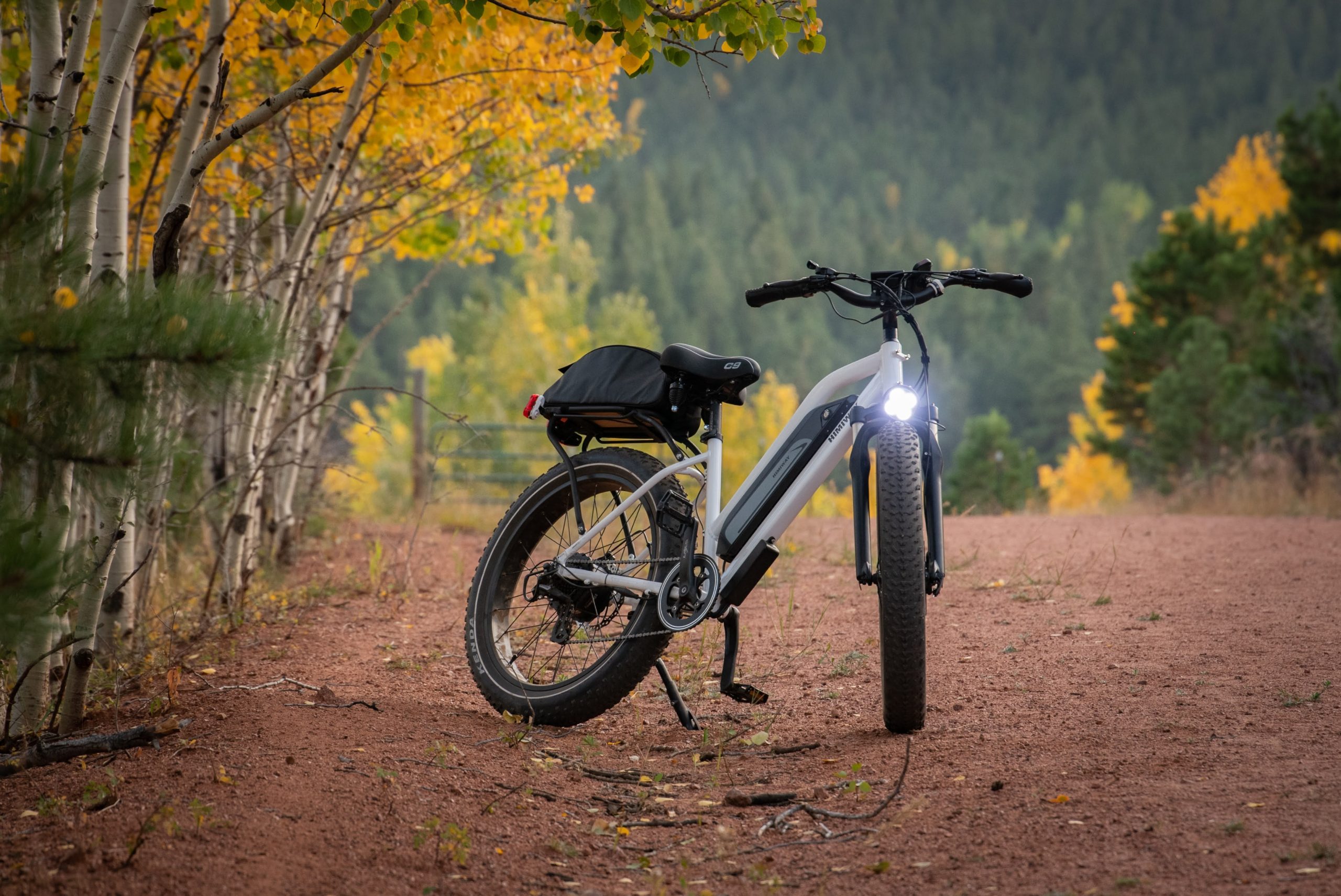Commuter ebikes, also known as electric bikes or e-bikes, have become increasingly popular in recent years as a sustainable and efficient mode of transportation. These battery-powered bicycles are equipped with an electric motor that assists the rider, making it easier to pedal and navigate through different terrains.
In this article, we will explore the advantages and disadvantages of commuter ebikes, shedding light on whether they are the ideal choice for daily commuting.
Pros of Commuter Ebikes
1. Eco-friendly Transportation
One of the most significant benefits of commuter ebikes is their eco-friendly nature. Unlike conventional vehicles that emit harmful pollutants, ebikes produce zero emissions since they rely on rechargeable batteries to power the electric motor. By choosing an ebike for your daily commute, you actively contribute to reducing your carbon footprint and promoting a cleaner environment.
2. Cost-Effective Commuting
Commuter ebikes offer a cost-effective alternative to traditional automobiles. With rising fuel prices and maintenance expenses, electric bikes provide a budget-friendly option for daily commuting. The cost of electricity required for charging the ebike’s battery is significantly lower than the expenses associated with gasoline-powered vehicles.
3. Health and Fitness Benefits
Contrary to the misconception that ebikes make riders lazy, they actually encourage physical activity. While the electric motor assists in pedaling, riders still engage in exercise as they pedal and control the bike. Commuter ebikes are an excellent choice for those who want to stay active while commuting to work or running errands.
4. Convenience and Flexibility
Commuter ebikes offer unparalleled convenience and flexibility, especially in busy urban areas. They allow riders to bypass traffic jams and access areas that might be restricted for cars. Additionally, ebikes do not require parking spaces, enabling riders to park easily and quickly.
Cons of Commuter Ebikes
1. Limited Range and Battery Life
One of the main drawbacks of commuter ebikes is their limited range and battery life. Depending on the model and usage, the distance an ebike can cover on a single charge may vary. Riders need to plan their routes accordingly and be aware of available charging stations.
2. Initial High Cost
The upfront cost of purchasing a commuter ebike can be relatively high compared to traditional bicycles. However, it’s essential to consider the long-term savings in fuel and maintenance costs, which can outweigh the initial investment.
3. Security Concerns
Theft is a concern for all bicycles, including ebikes. Since commuter ebikes are valuable assets, riders must take necessary precautions to secure them, such as using sturdy locks and parking in well-lit areas.
4. Maintenance Challenges
Maintaining an ebike requires some technical knowledge, and finding specialized repair shops might be challenging in some areas. Regular maintenance, such as battery checks and motor servicing, is essential for the ebike’s optimal performance.
5. Lack of Infrastructure
While the popularity of ebikes is on the rise, some regions may still lack proper infrastructure to support their usage. This includes limited charging stations and dedicated bike lanes, making it less convenient for ebike commuters.
Comparison with Other Modes of Transportation
1. Commuter Ebikes vs. Traditional Bicycles
While both commuter ebikes and traditional bicycles offer eco-friendly transportation, ebikes provide an added advantage with their electric motor, assisting riders in reaching higher speeds and conquering steep inclines effortlessly.
2. Commuter Ebikes vs. Cars and Public Transport
Commuter ebikes offer a faster and more flexible commute compared to cars stuck in traffic. They also eliminate the need for parking fees and reduce dependence on public transportation schedules.
Best Practices for Using Commuter Ebikes
1. Choosing the Right Ebike
Selecting an ebike that suits your commuting needs is essential. Factors such as battery capacity, motor power, and design should be considered when making a purchase.
2. Regular Maintenance and Check-ups
To ensure optimal performance and safety, regular maintenance and check-ups of the ebike’s battery, motor, and tires are essential.
3. Understanding the Assistance Modes
Most commuter ebikes come with different assistance modes, allowing riders to adjust the level of electric assistance based on their preference and terrain.
Conclusion
Commuter ebikes offer a plethora of benefits as an eco-friendly, cost-effective, and healthy mode of transportation. While they have some limitations and challenges, the overall advantages outweigh the disadvantages. As more people embrace the concept of sustainable commuting, commuter ebikes are poised to revolutionize urban mobility, making our cities cleaner and less congested.
You can view the original article HERE.






























